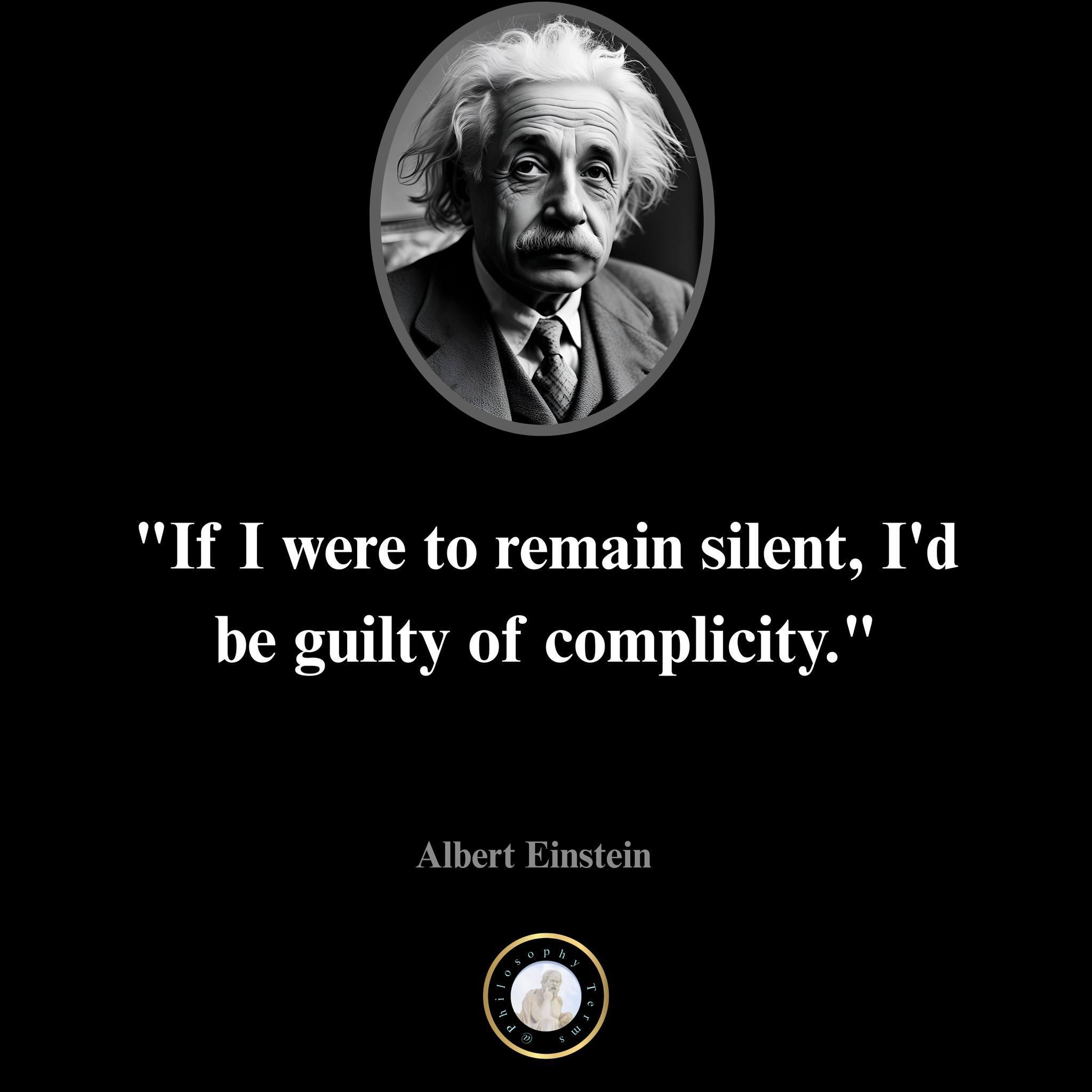The British government is preparing to roll out one of the most sweeping technological shifts in healthcare history: the genetic sequencing of every newborn in England. Championed as a forward-thinking innovation by Genomics England and the NHS, this initiative promises early diagnosis, personalised treatments, and a leap forward in national health research. On the surface, it appears to be a benevolent use of science. Who wouldn’t want to know their child’s risks for rare diseases and prevent future suffering?
But beneath the promises of progress lies a chilling possibility: that of a government-sanctioned biometric surveillance system built from birth — one that merges private DNA data with an expanding digital ID framework and a shifting healthcare model that increasingly opens the door to privatisation.
This is not just about curing illness. It’s about control. Control over identity, access, behaviour — and ultimately, over freedom itself.
Chapter 1: A Short History of Consent and Surveillance
Trust in British institutions has been gradually eroded over recent decades, particularly when it comes to data privacy. From the Snowden revelations about GCHQ’s role in global surveillance to the Windrush data sharing scandal, there is a long history of government overreach cloaked in administrative language.
The NHS has not been immune. In 2013, the controversial "care.data" initiative aimed to extract patient records from GP surgeries and share them — sometimes without explicit consent — with third parties including pharmaceutical and insurance companies. After widespread backlash and data security concerns, the plan was eventually scrapped in 2016.
Fast forward to today: NHS England remains legally entitled to sell patient data unless individuals actively opt out. Very few know this. Fewer still understand the implications of tying that data to something as permanent and personal as a DNA profile.
Chapter 2: Sequencing or Surveillance?
The new Genomics England project proposes to sequence every newborn’s genome and link it to their NHS number — and possibly their digital identity. This is not just a medical record; it’s the creation of a genetic ID — a biometric passport from birth.
It’s permanent. Immutable. You cannot change your DNA. Once this data is collected, the questions multiply:
- Who owns it?
- Where is it stored?
- For how long?
- Can it be sold?
- Can it be used to influence future decisions — like school admissions, employment, insurance, or even criminal profiling?
Without clear and binding legal safeguards, this project risks becoming the foundation for a surveillance state disguised as health innovation.
Chapter 3: Digital ID and the NHS App
In parallel with genetic sequencing, the UK government is expanding the role of the NHS app. Initially introduced for vaccination records and appointment management, it is now quietly evolving into a digital identity tool.
This fits within the broader post-Brexit plan for a centralised UK digital ID infrastructure — a system once rejected in 2010 over privacy fears but now returning through the back door.
When health data, digital identity, and biometric markers like DNA are merged, the risks grow exponentially. Imagine a future where access to public services is contingent on data compliance. Where algorithmic profiles — shaped in part by your genome — determine your social and economic mobility.
This isn’t science fiction. It’s quietly being built now.
Chapter 4: DNA and Insurance Risk Profiling
The implications for insurance are particularly troubling. Genetic markers can indicate predispositions to a wide array of conditions — from heart disease to mental illness. If insurers are granted access to this information, it opens the door to a dystopian future where premiums are determined not by lifestyle or choice, but by genetic lottery.
Even today, private insurers rely on risk profiling using data points like age, postcode, and medical history. Add DNA to the equation, and the potential for discrimination increases exponentially. People could be penalised for conditions they have no power to prevent — and locked into unaffordable or inaccessible coverage from birth.
Worse still, as Reform UK and other political actors push for expanding private healthcare options in England, the NHS may be reshaped to resemble a US-style system. The groundwork is being laid for a two-tier healthcare model where digital profiles — underpinned by genetic data — influence treatment access, cost, and eligibility.
Chapter 5: The Reform Party’s Role and NHS Privatisation
Reform UK’s manifesto has made no secret of its admiration for private healthcare. The party promotes a system in which private hospitals “absorb NHS overflow,” presenting this as a pragmatic solution to capacity issues. But what’s really happening is ideological:
- Starve the NHS of funding.
- Undermine its performance.
- Point to failure as justification for increased private provision.
- Shift toward a model reliant on private insurance.
This transition will not be announced loudly. It will be made quietly — through back-end systems, contract structures, and subtle changes to user experiences in the NHS app. Over time, public healthcare becomes a shell — a brand, not a service.
And with genetic data built into digital IDs, private healthcare providers can pre-sort patients based on economic and biological criteria. The future isn’t just pay-to-play. It’s pay-to-survive.
Chapter 6: Ethical and Legal Challenges
The ethics of this proposal go far beyond simple data handling. We are talking about the commodification of human identity at its most intimate level. A newborn’s genetic code becomes not only a healthcare tool but potentially a lifelong marker of risk, identity, and value.
The legal framework to protect against this does not currently exist. The UK lacks a constitutional guarantee of privacy rights, and data laws like the GDPR are fragile in the face of national security exemptions or changing political winds. There is no clear legal path for an individual — especially a child — to revoke their genetic data from the system later in life.
Worse still, once commercial actors become involved, this data will be monetised, aggregated, and traded. Healthcare turns into a marketplace of genes. And people become products.
Chapter 7: Scotland’s Moment of Choice
Scotland is not yet included in the newborn sequencing rollout — but the writing is on the wall. NHS Scotland may face pressure to harmonise with England’s “innovation agenda,” particularly if funding incentives or UK-wide policy pushes occur.
This moment presents a fork in the road. Will Scotland replicate the digital-biometric nexus being built in England — or chart its own course?
We have the opportunity to choose:
- Transparent data governance rooted in human rights
- A reaffirmation of the NHS as a universal, public service
- A rejection of surveillance capitalism and biometric sorting
Scotland can lead by example, but only if we act now — before the infrastructure becomes irreversible.
Conclusion: Ask the Hard Questions Now
This isn’t about opposing science or health advancement. It’s about recognising the political, legal, and ethical costs of merging genetic data with digital identity and profit-driven healthcare.
Let us not be the generation that traded liberty for biometric efficiency.Let us not hand over our children’s futures to databases and algorithms.Let us fight for healthcare that heals — not one that tracks, scores, and sells.
Ask yourself: Do you want your child’s DNA living in a commercial database long after you’re gone? Do you want your health tied to your credit score, your genome, your postcode?
The time to resist is now. Before “innovation” becomes obligation. Before health becomes a barcode. Before privacy is inherited — and already gone.
Most recent episodes
Get notified every time we post an new article
Stay ahead of the story. Subscribe now and get instant updates whenever we publish new insights, investigations, or deep dives — straight from Scotland’s independent voice.








